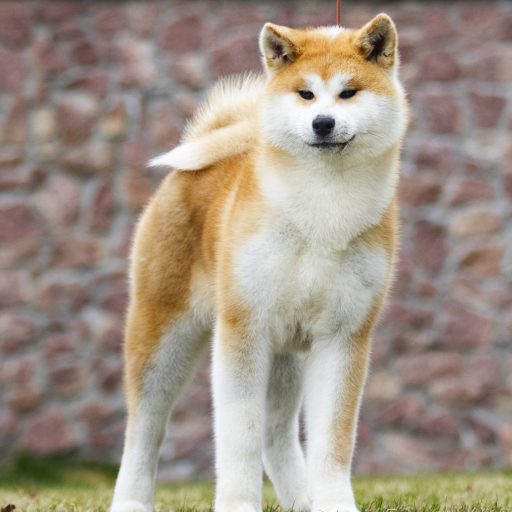A breed that is ultimately little known in France, the Basenji is nevertheless an adorable dog that is suitable for any type of family. It blends in perfectly with any type of environment. It does not require any maintenance because it is renowned for its great cleanliness. He is sociable, gentle, but also lively and sporty. He is protective and caring. The perfect dog.
Breed History
The Basenji is considered to be an aristocratic dog in appearance. He is from the Congo and happens to be a very old breed. Indeed, he is descended from the hound of Egypt. We find its trace more than 5,000 years ago.
Like many races, the morphology of the Basenji adorns some tombs of ancient Egyptian pharaohs. Then, the breed disappeared from the radar for a long time. It only reappeared in the 19th century in the Ituri forest, in the province of Kasaï-Oriental in Congo. Its discovery is the fruit of British explorers. The latter gave the name of Basenji to the ango angari. A name that comes from “basenzi”, which means “wild” or even “primitive” and which were adjectives used by the colonists to designate the natives.
The first Basenji to be imported into Europe date from the beginning of the 20th century, in the mid-1930s. It arrived in France in 1966, but is still very little known in France. Conversely, it is very popular with English families and Nordic countries, in particular thanks to its great friendliness. The International Cynological Federation recognized the breed on March 26, 1964.
Physical peculiarities
His hair: short, shiny, tight, fine in texture and covering very supple skin.
Its color: two-tone in most cases (pure black and white, red and white, black and tan, fawn and white, white with pellets and tan markings on the eyes, muzzle and cheeks), single-color black or brindle (stripes black on red background). Feet, chest and tip of chest are white.
Its head: finely and abundantly wrinkled, especially on the forehead when the dog pricks up its ears. The skull is flat, well chiseled, moderately wide, tapering towards the nose.
Its ears: small, thin, pointed, well erect, set high and forward.
His eyes: dark in color, almond-shaped, displaying a somewhat mysterious expression.
His body: well proportioned, harmonious. The back is short and horizontal, the chest is well down in the sternal region, the belly rises and merges with the flank which is well marked.
Its tail: tied high, wrapped in a tight loop above the spine.
Feed
The Basenji is prone to being overweight. In fact, a balanced diet and in relation to its daily energy expenditure is essential. Their diet should be adapted to their physical activity, age, weight and size. It is made with high quality croquettes, to be divided into 2 meals a day. Do not hesitate to approach a veterinarian to rationalize it.












